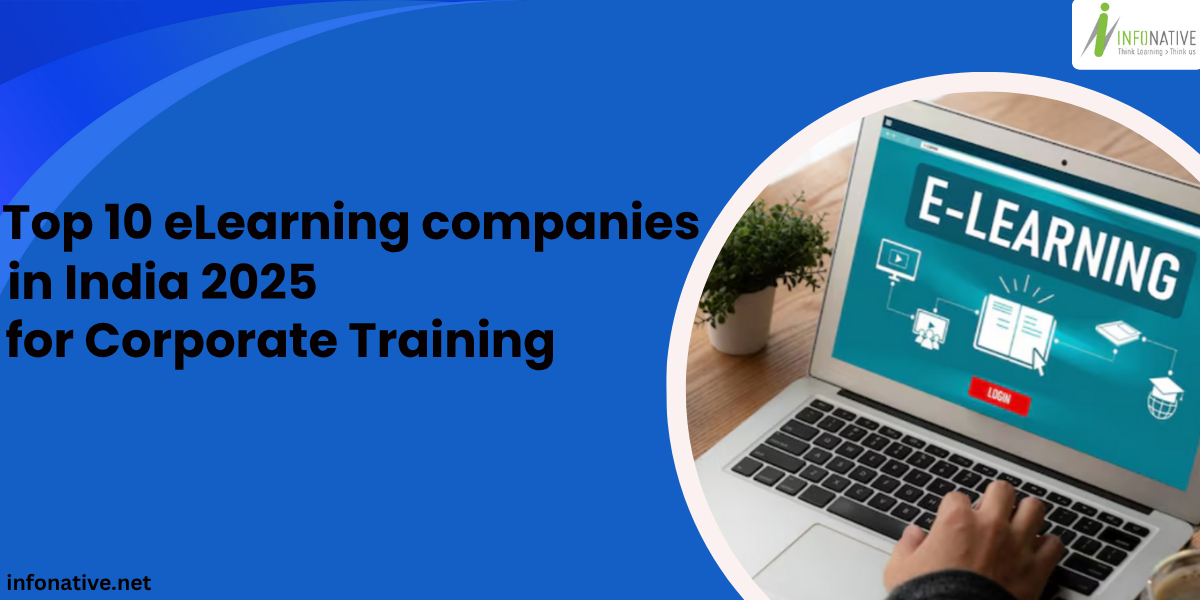

Organizations invest thousands of dollars on software product purchases but the best returns are gained only when the productivity of workforce is improved.
This can only be achieved through Software Training; it ensures that your employees gain the vital knowledge needed to fully utilize a software and increase their productivity, thereby providing a great return on your investment.
Software training involves adopting new technology which may be perceived as complex and difficult to master by employees. Moreover, these types of trainings are usually monotonous for the learner because of the nature of content and lend to lower motivation levels to learn the material.
Infonative has spent over hundreds of hours in software application training and can help by designing highly engaging courses that are delivered as micro modules for ease of adoption. In order to achieve this, we follow a systematic approach of:
• Assessing the current program to analyze software version updates, functionality changes and content accuracy.
• Profiling audience n terms of specific requirements of their job roles with respect to using the software at various levels.
• Articulating the to-be state in terms of learning content, design, performance objective, technology, localization etc.
• Presenting an approach that is sufficiently detailed to provide an adequate understanding of the user interface, features and functionality.
• Building a prototype and carry out a full-scale development after the prototype is approved.
• Making the training courses translation friendly if any foreign or regional language translation or localization is required for a wider audience.

We at Infonative focus on the following critical aspects for the success of a software training:
content according to different roles performed on-the-job
the software using simulations and quick reference guides
scenarios with appropriate feedback at each step in the process
for many users to take it several times until they gain mastery

step-by-step guided approach for your staff to learn and practice so that the production environment is not hampered
for expert guidance, clarifying questions and provide just-in-time feedback
for increased engagement as the content is often perceived as boring
to create relatable situations at workplace with respect to the functionality of the software

The world of instructional design is undergoing one of its most significant transformations to date. As organisations demand faster development cycles, more personalised learning experiences, and greater efficiency, AI agents have emerged as a breakthrough technology—especially in the field of storyboarding. Traditionally, creating instructional storyboards has required extensive time, manual effort, and cross-functional collaboration. Today, AI agents are redefining this process, offering unparalleled automation, accuracy, and creative support.
View
As businesses evolve in the digital era, the need for efficient and scalable learning solutions continues to rise. Corporate training has shifted from traditional classrooms to interactive and data-driven eLearning experiences. India has become a global hub for innovative and cost-effective digital learning services. Here’s a detailed look at the Top 10 eLearning companies in India in 2025 that are redefining workplace learning with creativity, technology, and measurable performance outcomes.
View
In the modern digital workplace, continuous learning has become a vital component of organisational growth. Conventional training approaches—such as classroom sessions or standardised modules—are steadily giving way to custom eLearning development. Bespoke digital learning solutions enable organisations to upskill their workforce effectively, boost engagement, and deliver measurable results that align with business objectives.
View